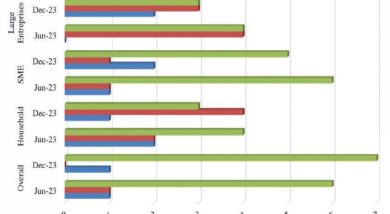South Korea wants to invest in tea sector
 Malawi has attracted investors from South Korea who want to pump millions of dollars in the tea industry, one of the critical sectors in foreign currency generation.
Malawi has attracted investors from South Korea who want to pump millions of dollars in the tea industry, one of the critical sectors in foreign currency generation.
This will be the first investment in the tea industry since the 1900s when Malawi was the first country in Africa to grow the crop on a commercial scale.
A Scot, Henry Brown, moved to Malawi in 1878 after his coffee business in Ceylon failed due to a coffee disease. He got the first seed from Scottish missionaries in Blantyre and began to experiment a plantation on his estate, giving birth to the tea industry in Malawi.
Tea Association of Malawi (Taml) chief executive officer Clement Thindwa, who could not disclose the amount of investment the Koreans are bringing, hinted this will be the single most biggest investment in the tea industry.
“They [the Koreans] have expressed keen interest to invest in tea production, particularly in Livingstonia, Rumphi as the Southern Region [where most of the tea estates are located] is saturated,” said Thindwa.
He said their intended investment in the industry is timely given that tea is second to tobacco in the generation of foreign exchange.
Tobacco brings in about half of the country’s foreign currency and contributes 13 percent to the national economy.
Malawi comes after Kenya as second largest tea producer in Africa and is the 12th in the world.
The Korean delegation have been in the country for the past week exploring a number of business opportunities, following President Joyce Banda’s visit to that country early February.
They expected to visit Mulanje and Thyolo to appreciate how the crop has transformed lives of smallholder farmers in the two districts.
In South Korea, green tea is the most popular. People of Boseong Country in South Jeolla Province have incorporated tea in anything.
They make beauty products with green tea. They put green tea in their noodles and even have hot springs where one can soak in mineral waters infused with the tea.
Last year, export revenue from tea jumped to K16 billion (about $45.7m), a 50 percent increase from the previous year’s K10.7 billion (about $30.5m), according to figures from Taml.
The revenue came from 41.8 million kilogrammes of the commodity exported, down from the previous year’s 44.8 million kg, a seven percent slump.
Output last year also dropped 10 percent to 42.4 million kg from the previous year’s 47 million kg, according to the figures. This was largely due to unfavourable weather conditions, particularly in the tea growing districts of Thyolo and Mulanje.




